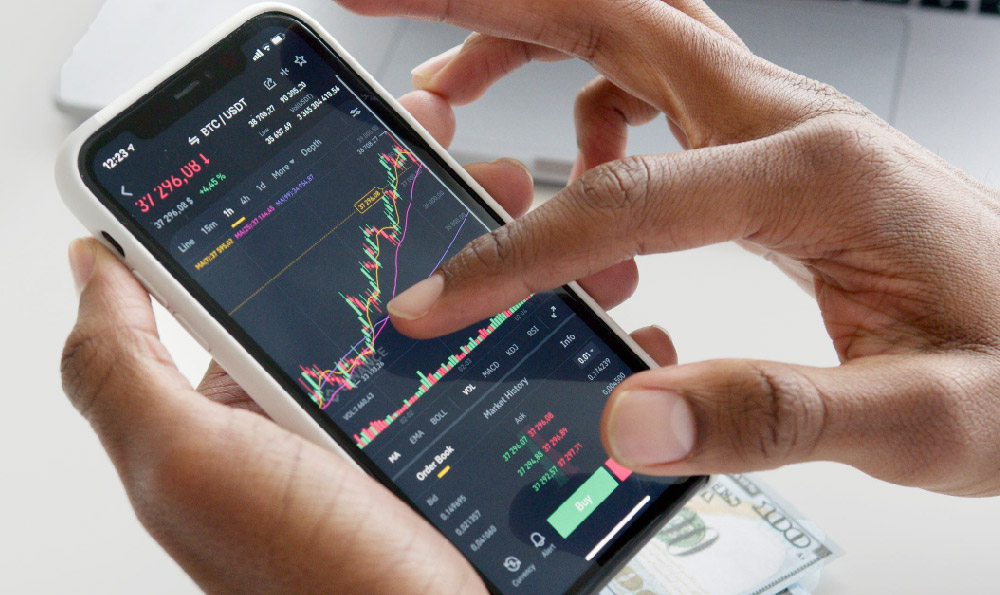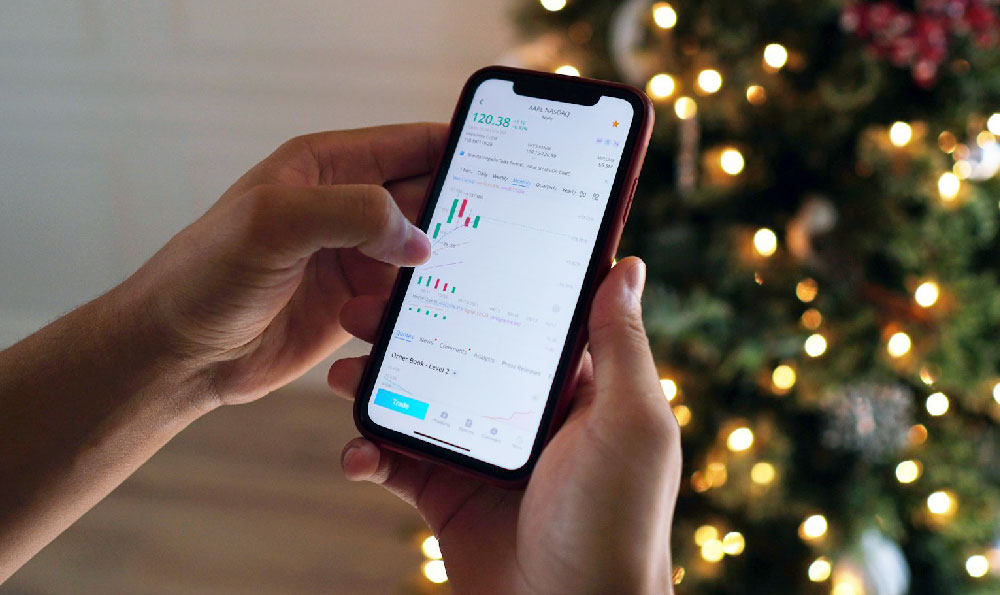How Does WhatsApp Profit? And What's Their Revenue Model?

WhatsApp, the ubiquitous messaging platform used by billions globally, operates under a unique business model that has evolved significantly since its inception. While it's free for users, understanding how it generates revenue and sustains its massive infrastructure is crucial. Let's delve into the evolution of WhatsApp's profit strategy and explore its revenue model.
Initially, WhatsApp adopted a subscription-based model. Users paid a small annual fee to access the service, a stark contrast to the free SMS messaging prevalent at the time. This model, while providing a direct revenue stream, presented challenges in scaling globally. The psychological barrier of paying, even a nominal fee, hindered widespread adoption, especially in developing markets where cost sensitivity is higher.
In 2014, Facebook (now Meta) acquired WhatsApp, signaling a significant shift in its revenue strategy. The subscription model was scrapped, and WhatsApp became entirely free to use. This decision was driven by the desire to connect more people and build a larger user base, leveraging the network effect – the more people use a service, the more valuable it becomes. The rationale behind this move was to focus on future monetization opportunities that would be unlocked by a massive, engaged user base.

So, if WhatsApp isn't directly charging its users, how does it make money? The current revenue model primarily revolves around WhatsApp Business Platform, a suite of tools designed to facilitate communication between businesses and customers. This platform offers two primary services:
-
WhatsApp Business App: This is a free application designed for small businesses. It allows businesses to create a business profile, automate and quickly respond to customer inquiries, and organize contacts with labels. While free, the Business App serves as an entry point, exposing businesses to the potential benefits of the more sophisticated Business Platform.
-
WhatsApp Business Platform (API): This is a paid service targeting medium and large enterprises. It enables businesses to integrate WhatsApp directly into their existing workflows and systems. Companies can use the API to send transactional messages (e.g., order confirmations, shipping updates, appointment reminders), provide customer support, and run marketing campaigns. This platform is not a fixed-price subscription; instead, businesses pay per message sent, with rates varying based on the country and type of message. Different categories like utility, authentication and marketing messages have different pricing, which keeps evolving. Utility messages are generally cheaper than marketing ones.
The pay-per-message model within the WhatsApp Business Platform is where the primary revenue generation occurs. The pricing structure incentivizes businesses to use WhatsApp for valuable, targeted communication, driving engagement and providing a better customer experience. Meta also benefits from the data generated through these interactions, which can be used to improve advertising targeting and personalization across its other platforms. The integration with other Meta products helps to strengthen the overall Meta ecosystem.
While advertising within the core WhatsApp application has been repeatedly considered, it has yet to be implemented on a large scale. There were explorations into showing targeted ads within the Status feature (similar to Instagram Stories), but these plans have been largely shelved, likely due to concerns about user experience and potential backlash. Meta understands that disrupting the clean and uncluttered interface of WhatsApp with intrusive ads could alienate users and drive them to alternative messaging platforms. The company has to carefully balance revenue generation with user satisfaction.
Furthermore, WhatsApp leverages its vast user base to drive adoption and usage of other Meta products. Cross-promotion and integration within the Meta ecosystem are strategic tactics. For instance, users may be prompted to connect their WhatsApp accounts with their Facebook or Instagram profiles, facilitating data sharing and creating a more unified user experience across platforms. This interconnectedness strengthens the overall Meta ecosystem and enhances the value proposition for advertisers.
Looking towards the future, WhatsApp is likely to explore new avenues for monetization while remaining mindful of user experience. Potential opportunities include:
-
E-commerce Integrations: Facilitating in-app purchases and transactions could be a significant revenue stream. Imagine being able to browse a company's product catalog and make a purchase directly within WhatsApp, without having to leave the application.
-
Premium Features for Businesses: Offering enhanced features within the Business Platform, such as advanced analytics, dedicated support, and customized integrations, could attract larger enterprises willing to pay a premium.
-
Financial Services: Exploring opportunities in the financial services sector, such as mobile payments and microloans, could tap into underserved markets and generate significant revenue. Meta already has some experience in this area, particularly in certain international markets.
-
Expanding the Business Platform: Expanding into new regions and targeting specific industries with tailored solutions could drive further growth of the Business Platform.
In conclusion, WhatsApp's journey from a subscription-based model to a free service monetized through the WhatsApp Business Platform illustrates a strategic shift focused on building a massive user base and leveraging the network effect. While direct advertising within the core application remains a possibility, the primary focus remains on providing valuable communication tools for businesses and integrating WhatsApp within the broader Meta ecosystem. The future of WhatsApp's monetization will likely involve a combination of innovative business solutions, e-commerce integrations, and potentially, financial services, all while carefully balancing revenue generation with user satisfaction. The key to long-term success lies in continuing to provide a seamless and valuable communication experience for billions of users worldwide.















